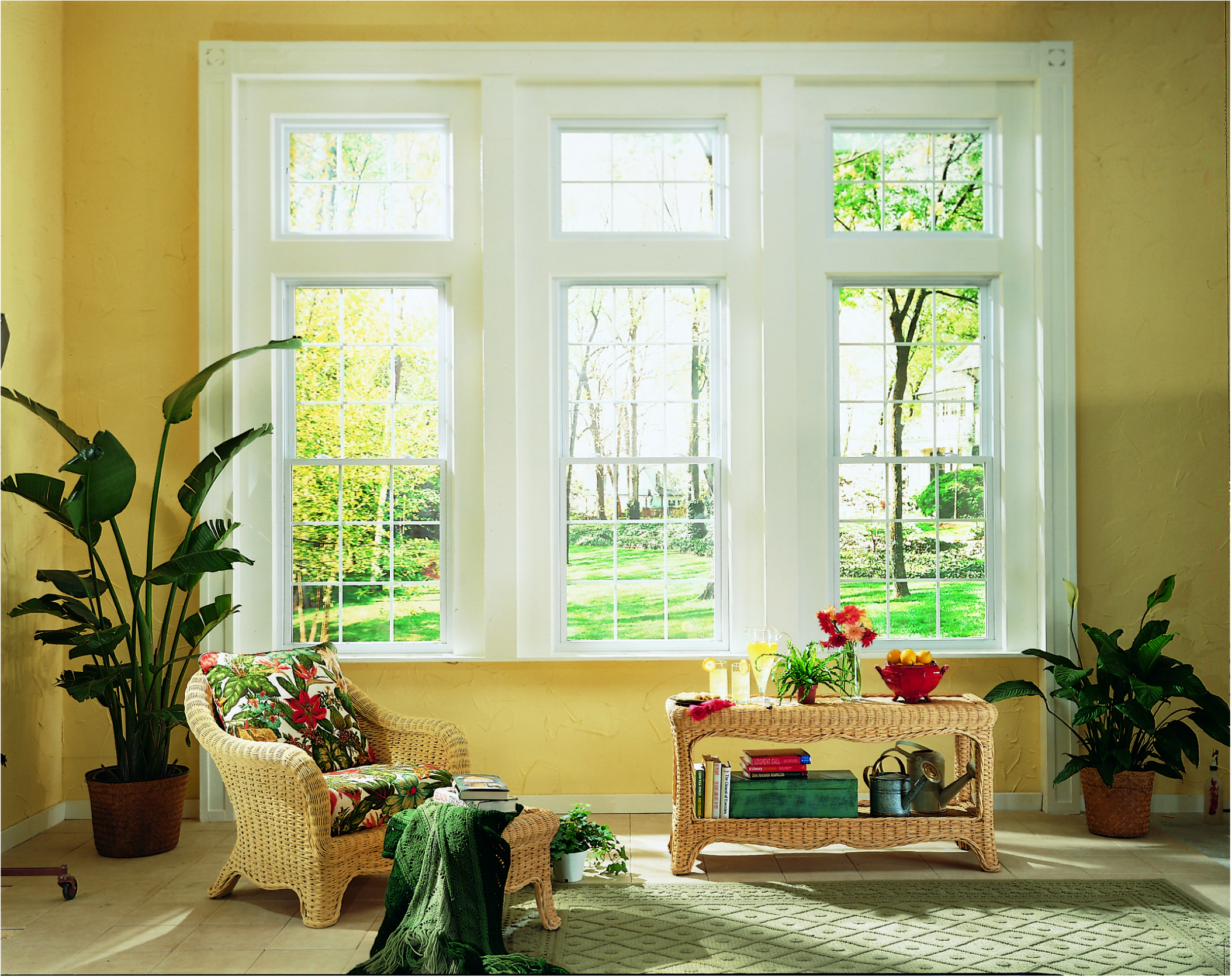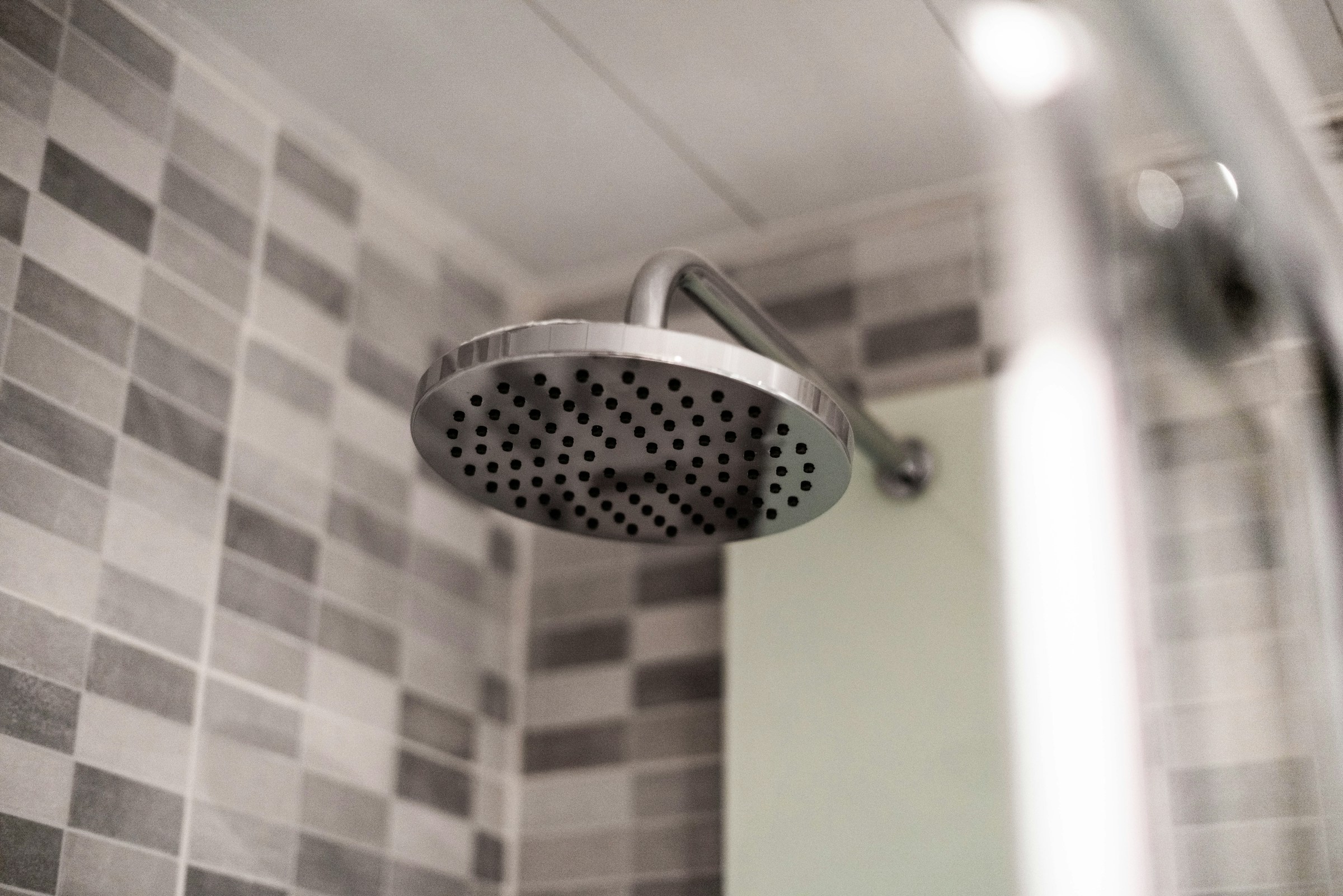
Finding a crack on the window of your home can be frustrating, especially when you don’t know how it happened or whether it requires immediate attention. Cracked windows are unsightly, and they can compromise your home’s energy efficiency, structural integrity, and even safety. Whether you’re dealing with a sudden impact or a crack that seemed to appear out of nowhere, understanding the different types of window cracks is essential to knowing your next move.
Rite Window offers professional window replacement services designed to address everything from small cracks to widespread window failure. Our team is here to answer the questions covered in this guide and any others you may have about keeping your home comfortable, safe, and energy efficient.
In this guide, we’ll explore the most common causes of cracked windows, the various types of cracks you may encounter, and what you can do to fix or prevent them.
Why Do Windows Crack?
A window can crack for a number of reasons, and not all are the result of visible damage. While an obvious impact, like a rock or ball hitting the glass, can lead to a broken pane, other cracks form due to environmental stress or installation issues.
Here are the most common causes:
- Impact: From flying debris during storms to accidental bumps from furniture or tools.
- Thermal stress: Extreme temperature shifts cause the glass to expand and contract unevenly.
- Pressure changes due to altitude: Especially in double- or triple-pane windows, sealed glass units may crack if transported across significant elevation differences.
- Structural stress: Shifting foundations or improperly installed frames can put stress on the glass.
- Material flaws: Small imperfections or weaknesses from manufacturing can cause cracks to form over time.
Understanding the root cause helps you determine whether the crack is an isolated issue or a symptom of a larger problem.
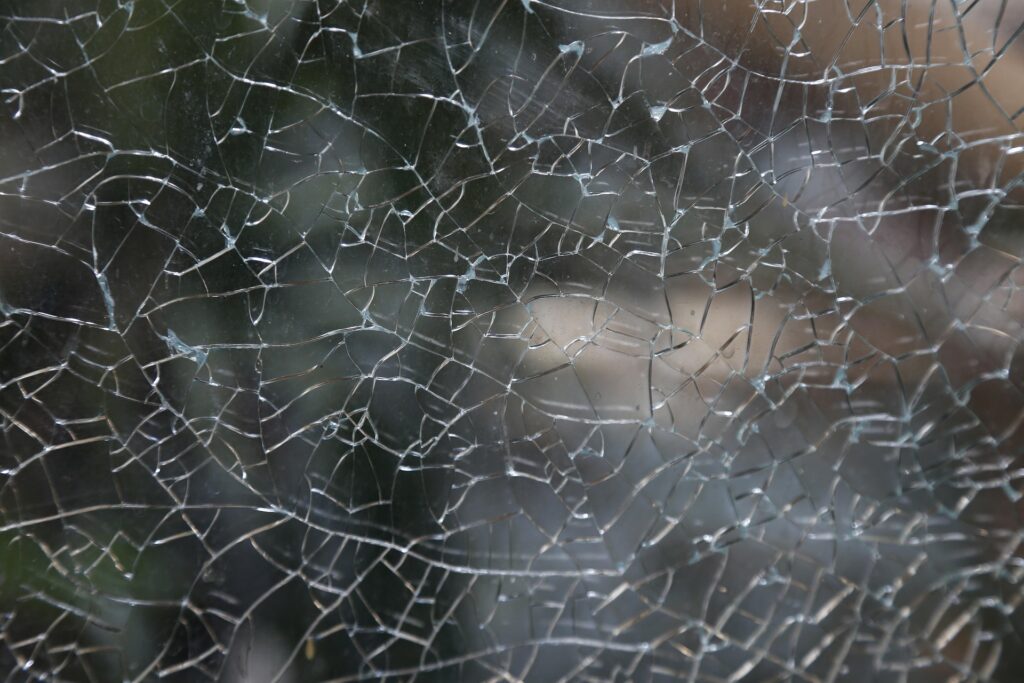
Types of Window Cracks
Identifying the type of crack on the window helps you figure out what caused it and what your options are between repair or replacement.
1. Impact Cracks
These are the most recognizable. A hard object hits the glass and causes a starburst or spiderweb pattern that radiates from the point of contact.
- Common causes: Baseballs, hail, tools, rocks, or even birds.
- Risk level: High. These cracks can spread quickly and often affect the entire pane.
- Solution: Glass replacement is usually necessary.
2. Thermal Stress Cracks
These cracks begin at a 90-degree angle from the edge of the glass and may curve or branch out.
- Common causes: Rapid temperature changes (hot days followed by cool nights), or windows partially shaded during the day.
- Risk level: Moderate. These cracks can expand but typically progress slowly.
- Solution: Replace the glass with heat-strengthened or tempered glass to prevent future issues. Thicker glass may also help, but safety-rated glass is more important than thickness alone.
3. Pressure Cracks
These are hourglass-shaped or curved like an “S.” They usually form in double- or triple-pane windows due to pressure differences from manufacturing or installation at improper elevations.
- Common causes: Poorly insulated glazing, sealed windows exposed to large elevation changes, or incorrect factory sealing.
- Risk level: High. Pressure cracks often affect the seal between panes, reducing energy efficiency.
- Solution: Window replacement is often needed for insulated glass units.
4. Edge Cracks
These start at the perimeter of the window, often hidden beneath trim, and extend inward.
- Common causes: Improper installation, frame stress, or small chips in the edge of the glass.
- Risk level: Variable. Edge cracks may stay small or spread depending on external stress.
- Solution: May require a full pane replacement, especially if the window is under stress.
5. Sudden or Unexplained Cracks
Some cracks appear without a clearly identifiable cause. While often called “spontaneous,” these are typically stress or edge cracks triggered by hidden imperfections, frame warping, or structural shifts.
- Common causes: Edge damage, thermal cycling, or manufacturing defects.
- Risk level: Unpredictable. These cracks can indicate deeper issues.
- Solution: A professional inspection is required to determine whether repair or full replacement is appropriate.
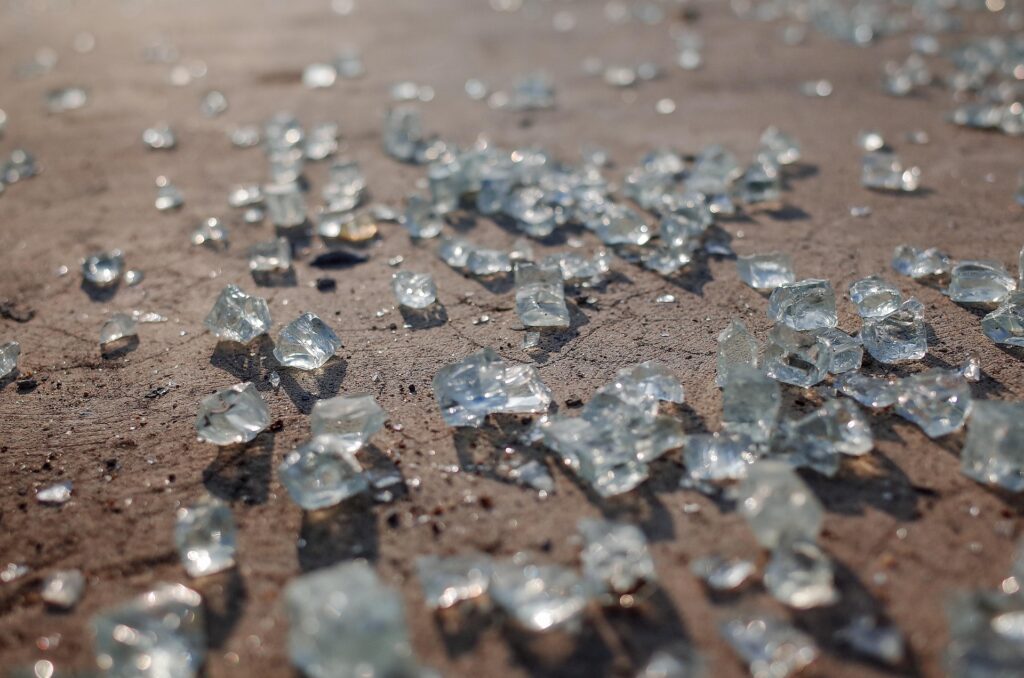
Is a Cracked Window Dangerous?
Cracked windows may seem like a minor issue at first glance, but they can lead to serious consequences if left unaddressed. For one, they pose a safety hazard: what starts as a small fracture can rapidly spread and result in shattered glass, increasing the risk of injury. Beyond physical danger, cracked windows also compromise your home’s energy efficiency. When the seal of an insulated window is broken, it allows conditioned air to escape and moisture to seep in.
Water intrusion through even the smallest cracks can eventually lead to mold growth, rot, and interior damage. That’s why it’s important to take action promptly, no matter how minor the crack may appear.
Can You Prevent Window Cracks?
While not all cracks are preventable, there are practical ways to reduce the risk. Opting for high-quality, durable glass with enhanced strength and insulation properties can make your windows more resistant to thermal stress and minor impacts. Managing sun exposure with window treatments helps minimize uneven heating that can lead to thermal cracking. Regularly trimming trees and securing outdoor furniture reduces the chance of impact damage during storms. And most importantly, ensuring your windows are professionally installed can prevent edge-related or pressure cracks caused by improper fitting.
At Rite Window, we offer expertly installed, energy-efficient windows built to endure New England and Mid-Atlantic climate swings.
Should You Repair or Replace a Cracked Window?
The right solution depends on the type and severity of the crack.
- Minor surface scratches or small single-pane cracks may be repairable with clear epoxy or resin kits.
- Double-pane or structural cracks usually require full replacement, especially if the seal is broken or the crack is spreading.
When in doubt, get a professional assessment. Rite Window can inspect the damage and recommend the best course of action.
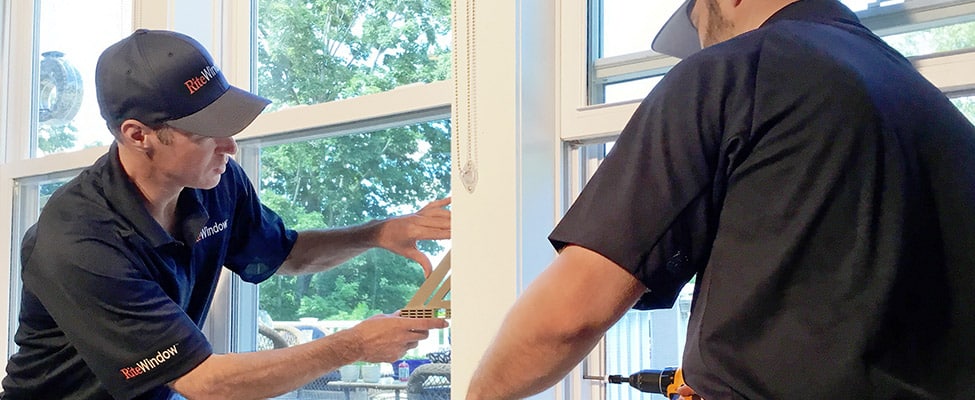
When Cracked Windows Signal a Bigger Issue
If you’re noticing multiple cracked windows, recurring issues like fogging or drafts, or signs of widespread frame wear, it may be time to consider a whole-home window upgrade. Aging window systems can compromise your home’s energy efficiency, comfort, and curb appeal. Repairing individual panes may only delay the inevitable.
A full upgrade with modern, energy-efficient windows from Rite Window can help you improve insulation, reduce long-term maintenance, and increase the value of your home. From bay to bow, casement to slider, vinyl and beyond, we have a variety of styles to suit your home’s needs.
What to Do If You Notice a Crack on Your Window
Here are your next steps:
- Inspect the crack. Determine its size, shape, and location.
- Check for drafts or fogging. These indicate seal failure in double-pane units.
- Take photos. Document the crack to track its growth or share with a pro.
- Use DIY repair cautiously. Resin kits may help with small chips or surface cracks, but avoid sealing anything affecting structural integrity.
- Schedule a consultation. A window specialist can assess whether you need a repair or full replacement.
No one wants to deal with cracked windows, but catching the problem early can save money, protect your home, and improve efficiency. Whether it’s a thermal stress crack or a sudden break from impact, knowing what to look for helps you make smarter decisions.
Rite Window is here to help. With high-performance products, expert installation, and lasting warranties, we make it easy to upgrade your home’s windows with confidence.
Think your windows might need attention? Contact us today to schedule a free consultation.

